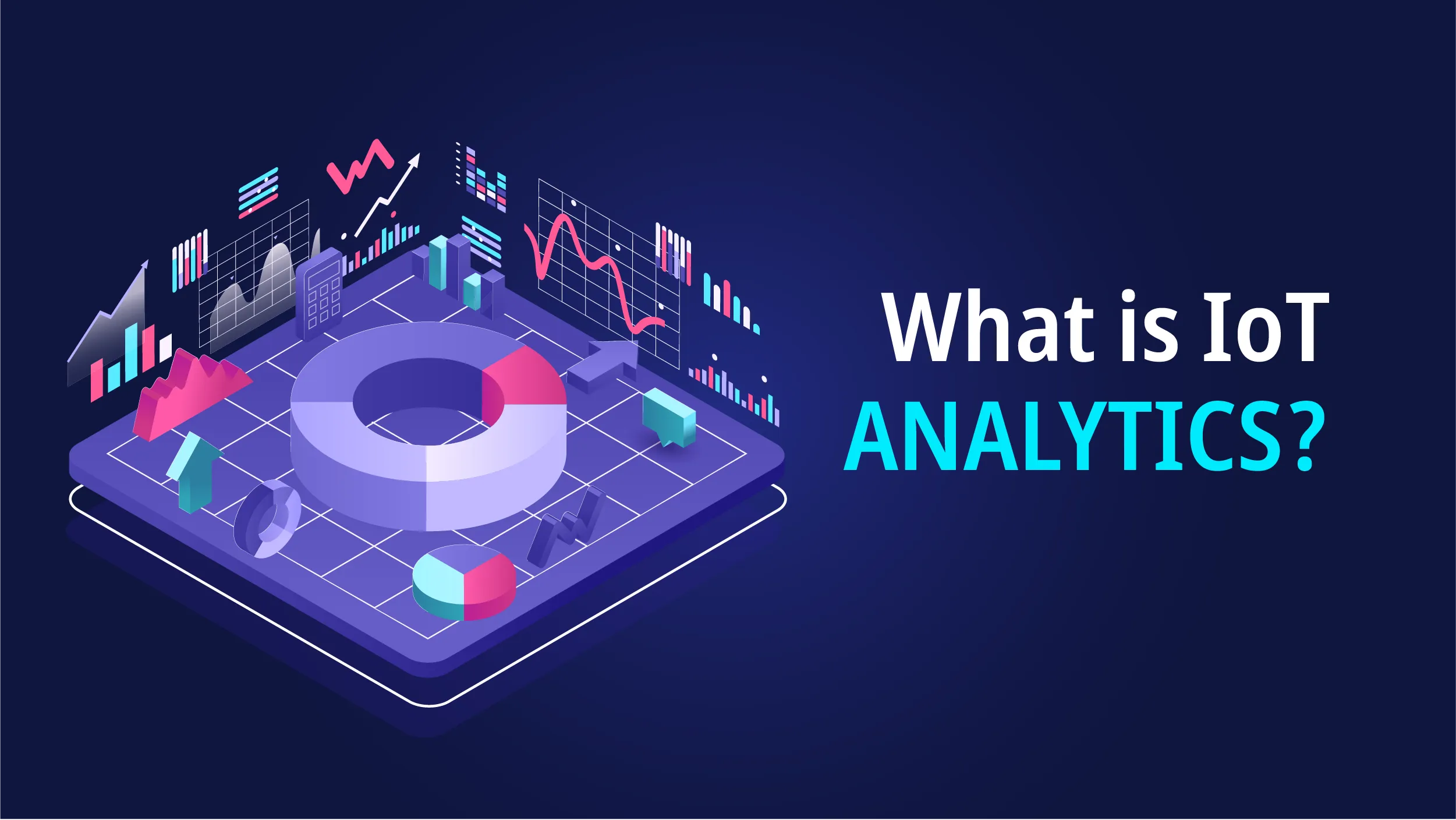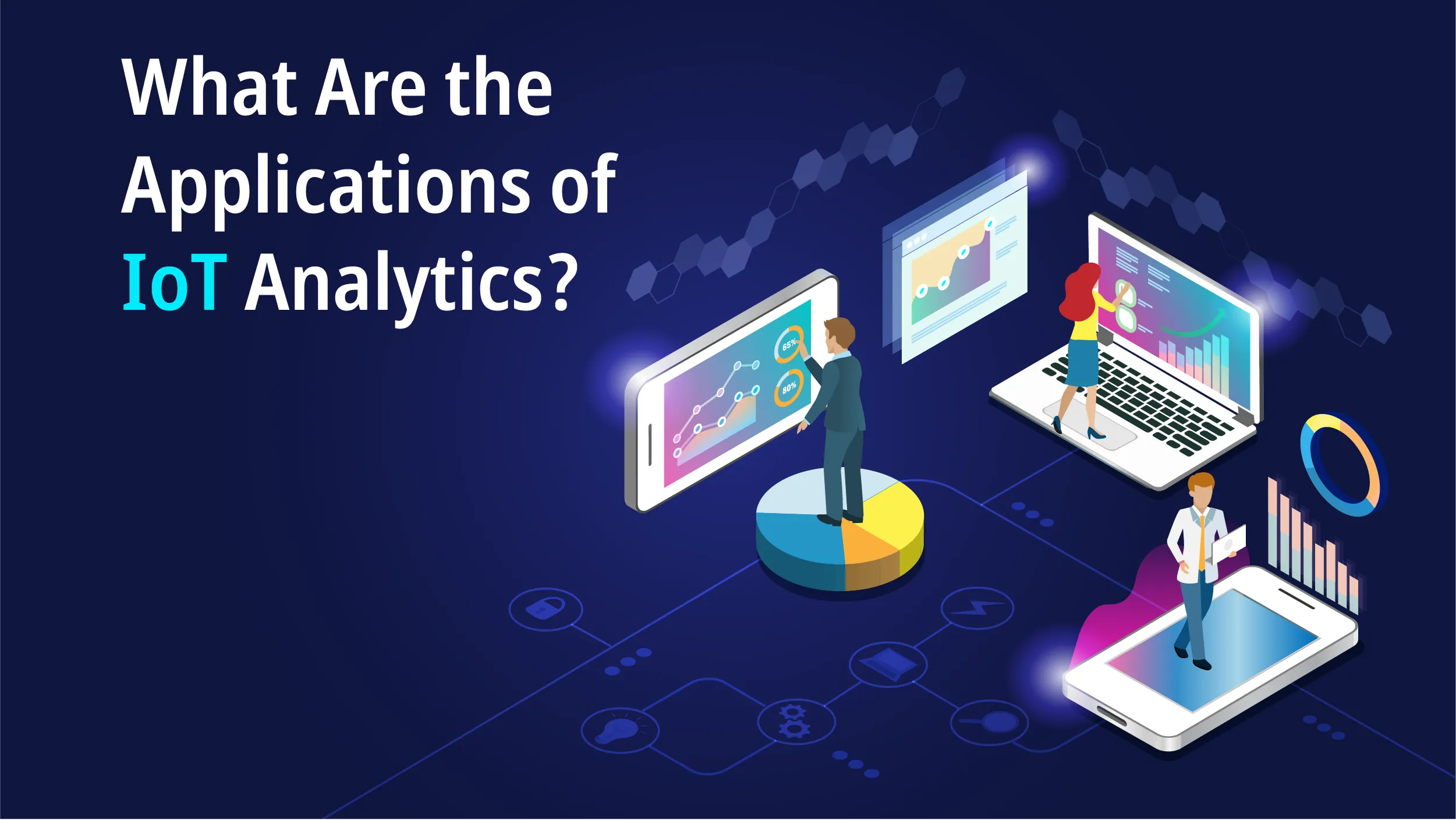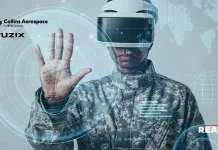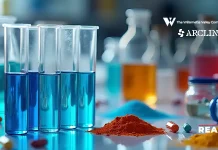In today’s world, where everything is connected, the internet has become a big part of our lives. It’s driving a huge amount of data consumption and production. There were 30.73 billion IoT devices out there. That’s a lot! Additionally, the spending on the Internet of Things (IoT) reached 1.1tr USD in 2023. These devices are part of the Internet of Things (IoT), which creates a digital ecosystem where people, technologies, networks, and tools work together to achieve common goals.
IoT analytics forms the core of this ecosystem. It’s an interesting field that involves collecting, processing, and analyzing all the data these devices generate. And as more devices connect to the internet, we’re getting access to a ton of valuable insights and information. In the next six years, there will be more than 25.40 billion IoT-connected devices. Let’s learn more about it.
What is IoT Analytics?

The act of gathering, interpreting, and evaluating data produced by Internet of Things (IoT) devices is known as IoT analytics. This entails turning the massive volumes of unprocessed data generated by these networked devices into interpretable conclusions and useful knowledge.
Businesses and people may improve operations, find new opportunities, and make better decisions by utilizing IoT data analytics in their connected settings.
Components of IoT Analytics
When it comes to IoT analytics, there are a few key components that work together to collect, process, and analyze the data generated by IoT devices. Let’s take a closer look at these components:
- Data Collection: IoT devices are equipped with sensors that gather all sorts of data, like temperature, humidity, pressure, and motion. This data is then sent to a central server or cloud platform for further processing.
- Data Storage: The data generated by IoT devices is huge, so it needs to be stored efficiently. We need robust storage systems that can handle the sheer volume, speed, and variety of IoT data.
- Data Processing: To get valuable insights, we need to process the collected data. This involves cleaning it up, transforming it, and putting it together in a way that’s suitable for analysis.
- Data Analysis: Once the data is processed, we can use different techniques and tools to analyze it. The goal here is to uncover patterns, trends, and connections within the data, which can provide us with valuable insights for making decisions.
- Visualization and Reporting: The insights we get from IoT analytics are often presented visually through charts, graphs, and dashboards. This makes it easier for everyone involved to understand and interpret the findings.
By using these components, organizations can tap into the power of IoT analytics to gain valuable insights, improve operations, and make informed decisions in various fields, from manufacturing to healthcare.
Also Read: IoT in Manufacturing: Trends, Technologies, and Benefits
What Are the Applications of IoT Analytics?

 The different use cases of Internet of Things analytics are given below:
The different use cases of Internet of Things analytics are given below:
- Predictive Maintenance: With Internet of Things analytics, we can monitor equipment conditions and predict when maintenance is needed. By analyzing data from sensors and devices, we can spot potential issues before they happen, which means less downtime and better maintenance planning.
- Industrial Optimization: IoT is a game-changer for industries like manufacturing, transportation, and utilities. By analyzing data from IoT devices, we can make operations more efficient, improve product quality, and provide better customer service.
- Smart Agriculture: IoT helps monitor the environment, optimize irrigation, and even predict crop yields. By analyzing data from sensors and weather stations, farmers can make smart decisions to boost productivity and minimize waste.
- Healthcare: It is revolutionizing healthcare. It allows for remote patient monitoring, real-time health tracking, and personalized care. By analyzing data from wearable devices and medical sensors, doctors can get valuable insights into patient health, improve diagnostics, and enhance treatment outcomes.
- Smart Cities: Internet of Things analytics are crucial for building smart cities. By analyzing data from traffic sensors, environmental sensors, and energy grids, we can optimize transportation, manage resources efficiently, and improve urban planning in general.
- Supply Chain Optimization: By tracking inventory, monitoring logistics, and predicting demand using data from IoT devices, we can streamline processes, cut costs, and make customers happier.
Challenges of IoT Analytics
Internet of Things analytics can be quite a challenge for organizations looking to make the most out of their IoT data. One major hurdle is dealing with the massive amount and different types of data that IoT devices generate. It’s no easy task to manage and process all that data, especially when it comes in various formats. It can be a real resource drain and is pretty complex. And let’s not forget about the importance of data quality and integrity. IoT data can be noisy, incomplete, and prone to errors, so you’ve got to make sure it’s all in good shape.
Another set of challenges has to do with storing and scaling the data. Traditional storage systems might struggle to handle the scale and speed at which IoT data is generated. That’s why organizations need to adopt storage solutions that are robust and scalable. Plus, real-time processing is a whole other ball game. If you want to make timely decisions, you’ve got to process those data streams in real or near-real-time. It’s all about low latency and high throughput.
Now, let’s talk security. Protecting sensitive IoT data and respecting people’s privacy is a big deal. You’ve got to keep that data safe from unauthorized access and put encryption measures in place. And don’t forget about privacy regulations; you’ve got to follow those too. It’s a lot to juggle, but it’s super important.
And finally, we have the challenge of interoperability and integration. With IoT devices and systems coming from different vendors and using different protocols and standards, it can be a real headache to get everything to work together smoothly. Making sure all that diverse data integrates seamlessly is no small feat.
End Note
The future of Internet of Things analytics is really exciting! It holds so much promise for things like predictive maintenance, optimized operations, personalized healthcare, and efficient resource management. As more and more devices get connected and start generating tons of data, organizations will need to focus on tackling challenges like data security, scalability, and interoperability.
But that’s not all! Collecting, processing, and analyzing data from IoT devices will give organizations the power to make data-driven decisions and fuel innovation in ways we can’t even imagine yet. The future of IoT analytics is looking bright, and it’s the key to unlocking new levels of efficiency, productivity, and connectivity in our ever-changing world.




